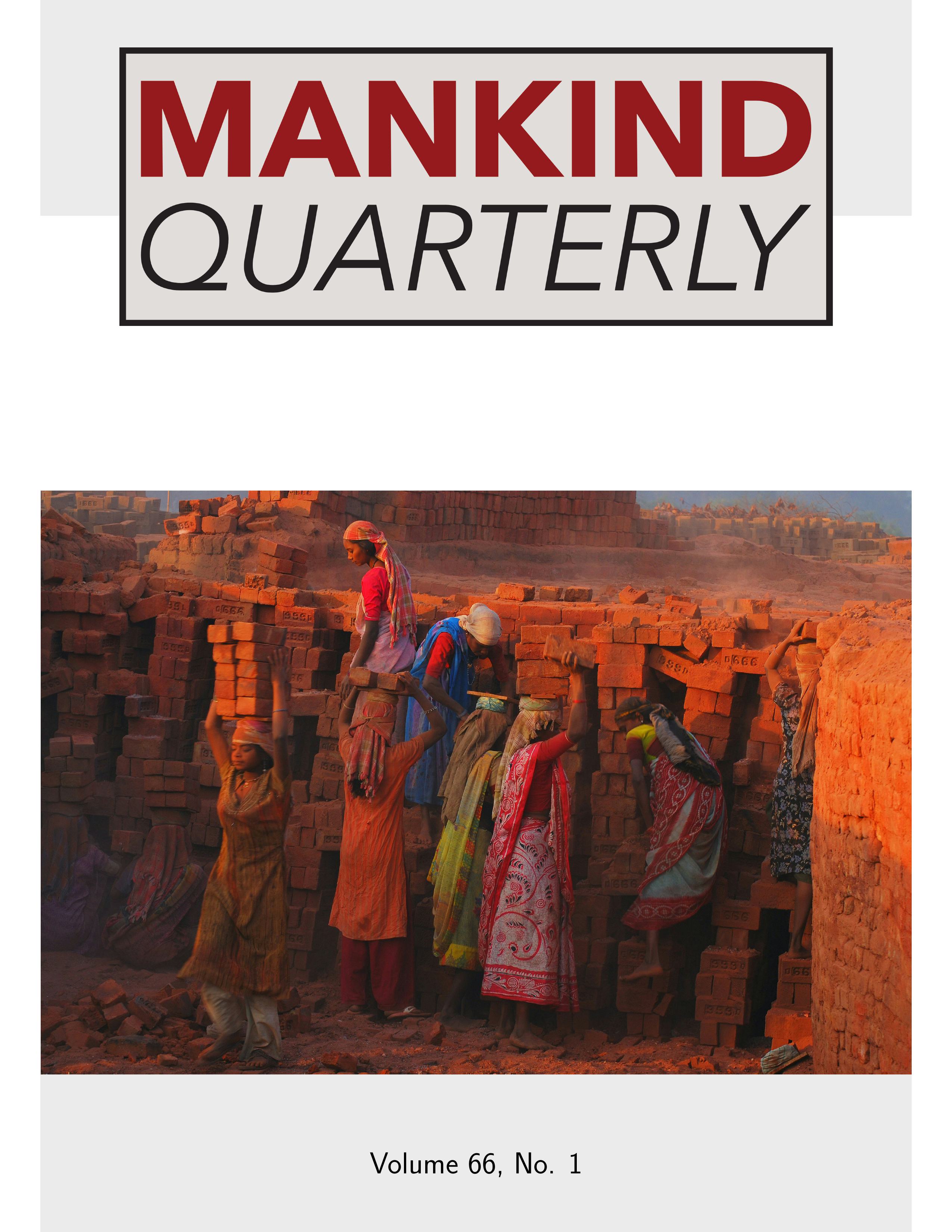Home > Archive > Volume 49, No. 2 > This paper
A Test of the Trivers-Willard Hypothesis with Three Samples of High-achieving Men: a Tenuous Fit for an Altricial, Fathering-intensive Species
Wade C. Mackey and Ronald S. Immerman
Published: 2008/12/01
Abstract
The Trivers-Willard hypothesis argues for a facultative (secondary) sex ratio in sexually reproducing species. To wit: Given that males have a potentially greater variance in numbers of offspring than do females, mothers would bias toward sons if the rearing environment for the son would be superior to that of competitors and, thus, give the son an added ply of attractiveness to females. Conversely, mothers would bias toward daughters if the rearing environment of the daughter would be inferior to that of competitors. A highly attractive daughter portends many grandchildren, but not as many as her equally attractive brother, and fewer grandchildren, but not as few as her unattractive brother, if she is unattractive. Data from three samples of high-achieving men offer more support for Fisher’s basic theory than for the Trivers-Willard hypothesis. It is suggested that a highly altricial and fathering-intensive species, e.g. Homo sapiens, would render the Trivers-Willard hypothesis problematic.
Download PDF
